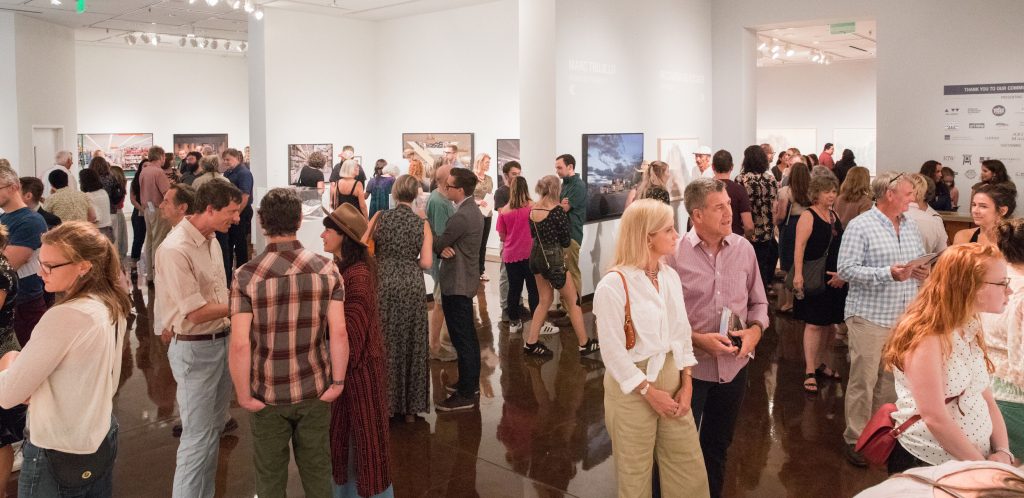

 Prior to the twentieth century, artists were judged by their technical ability to render a subject as “realistic.” The task of the artist was to mimic the real. Beginning in the late 1800’s and leading well into the twentieth century, the parade of Impressionism, Cubism, Surrealism, Abstraction, and Minimalism brought about a breaking away from the confines of representation into realms of personal expression. Though it thoroughly resists precise definition, contemporary art can be said to posit that artists are no longer bound to a realistic representation of merely that which can be seen.
Prior to the twentieth century, artists were judged by their technical ability to render a subject as “realistic.” The task of the artist was to mimic the real. Beginning in the late 1800’s and leading well into the twentieth century, the parade of Impressionism, Cubism, Surrealism, Abstraction, and Minimalism brought about a breaking away from the confines of representation into realms of personal expression. Though it thoroughly resists precise definition, contemporary art can be said to posit that artists are no longer bound to a realistic representation of merely that which can be seen.ARTIST’S BIO
Savannah assemblage installation artist Marcus Kenney will be filling the downstairs gallery with objects and images he has scavenged over the past five years. Through imaginative combinations and juxtapositions Kenney’s works address the poetics of detritus in a consumerist society. Kenney received his Bachelors degree from the University of Louisiana and completed an MFA in Photography at the Savannah College of Art and Design. Kenney has exhibited extensively as both a photographer and an installation artist throughout this country and England. He also serves as the Director of the Starland Design District.